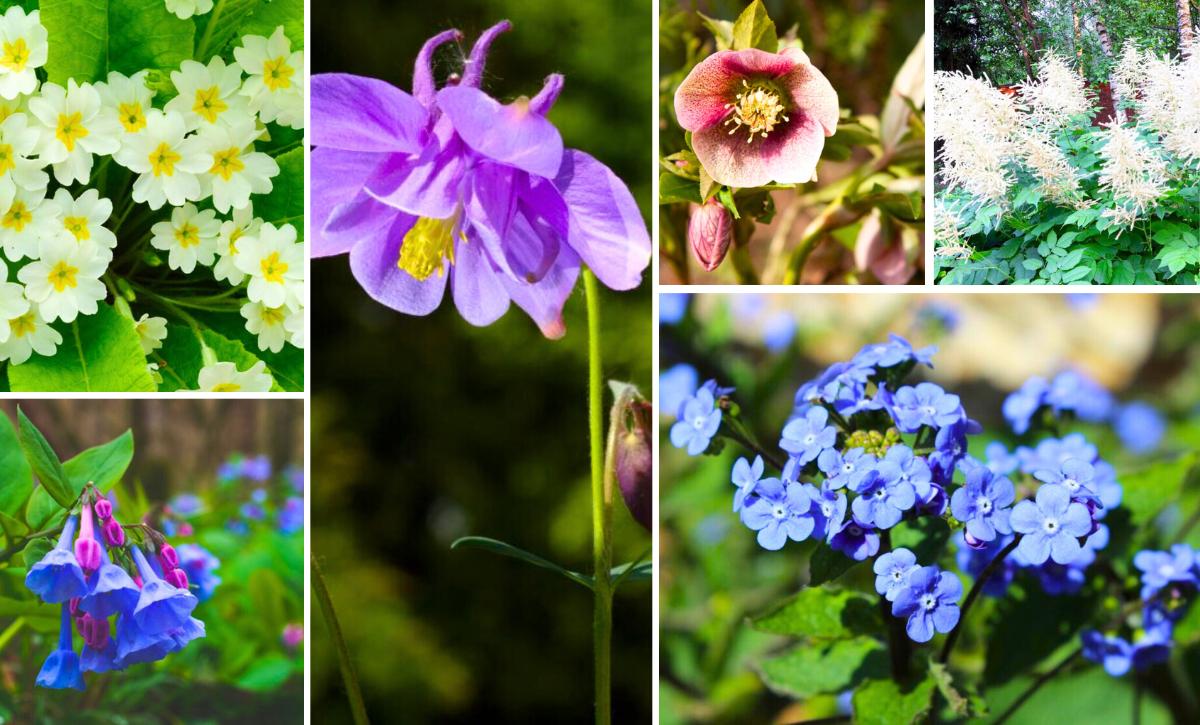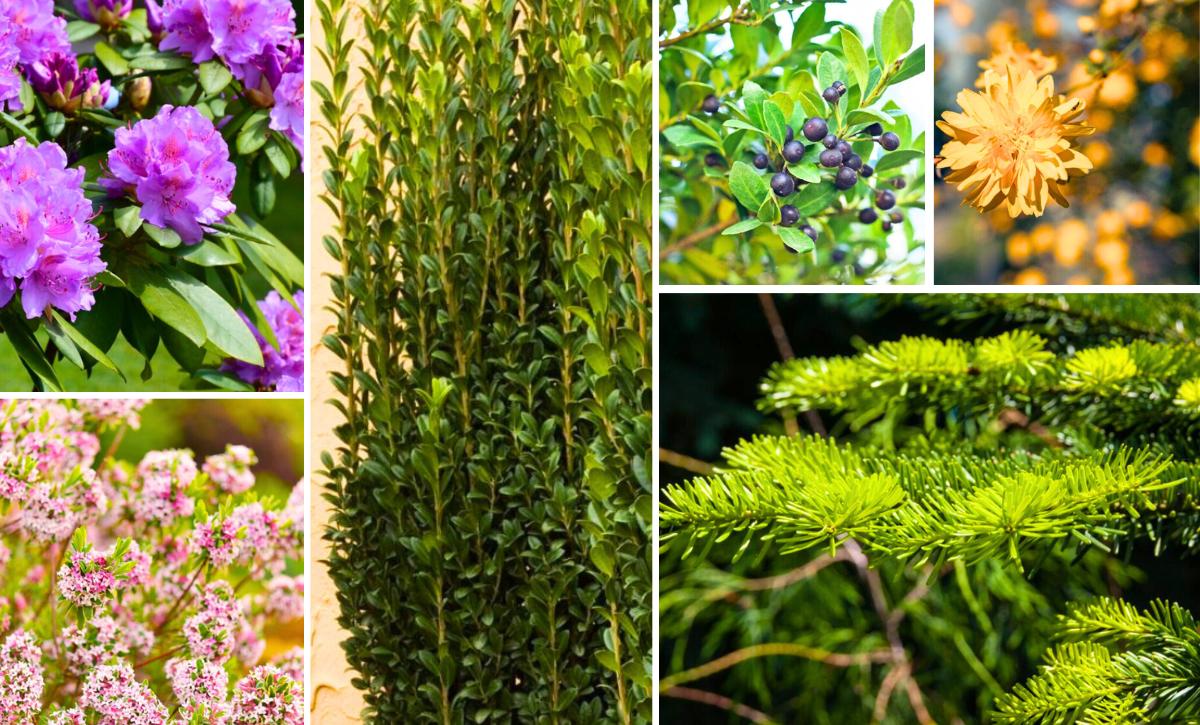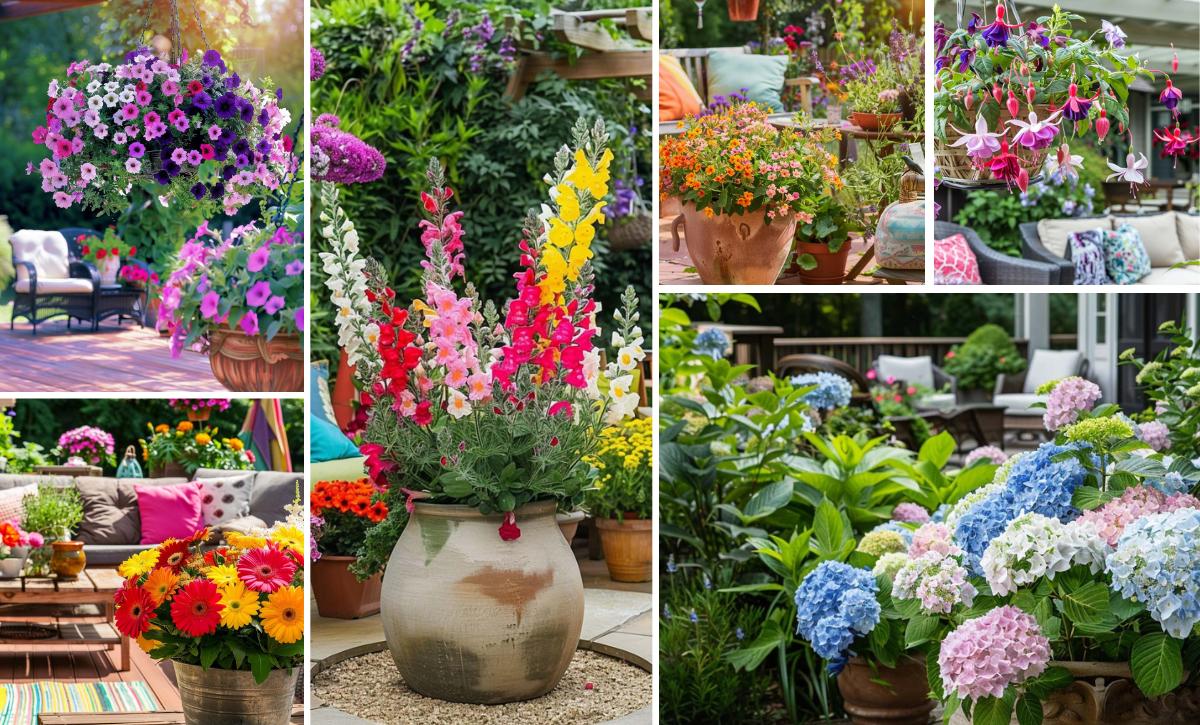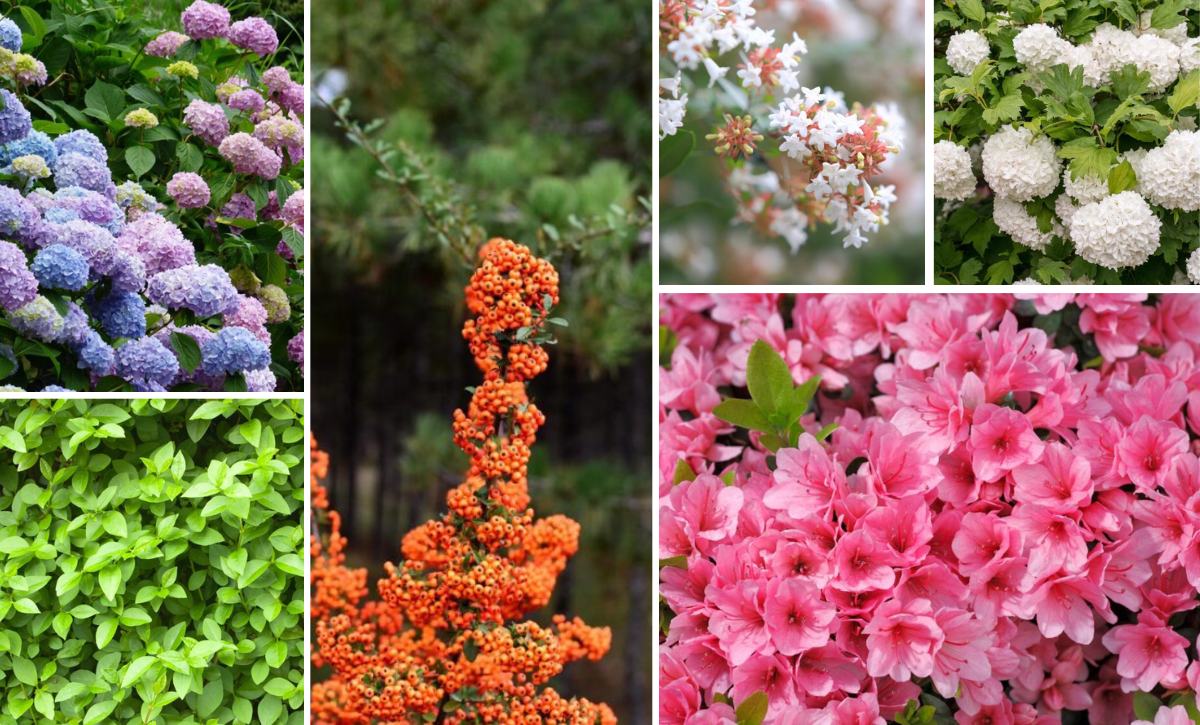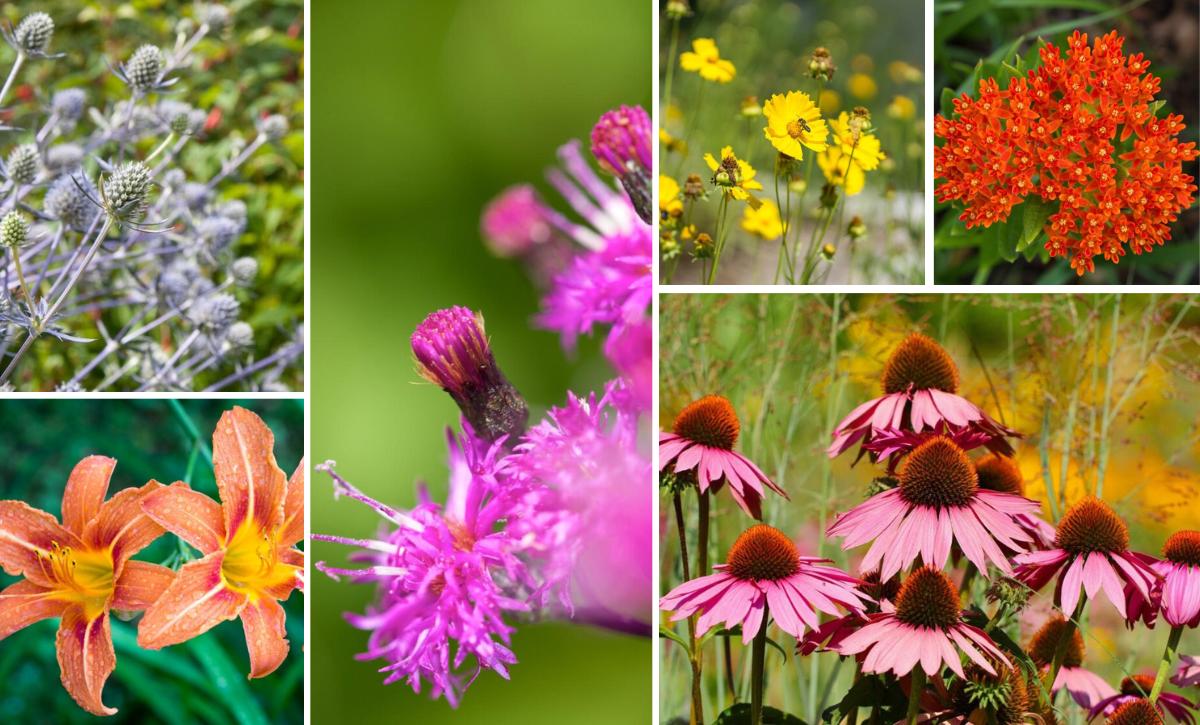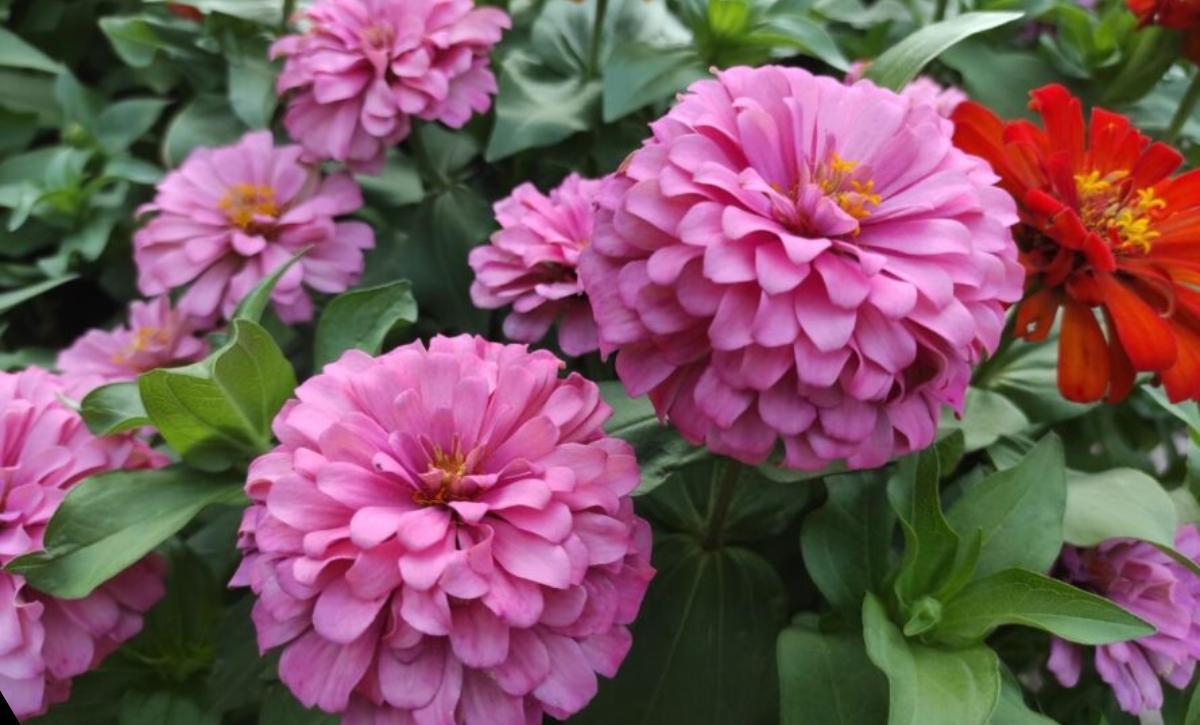Do you love the smell of a dish with fresh herbs? It is irresistible! Herbs are great for flavoring dishes, as insect repellents and as part of the garden landscape. All annual herbs can be grown for seeds but did you know that perennial herb can be grown quickly from cuttings?
Before you try creating your herb garden from cuttings of perennial herbs, here is some basic information to help you:
- Root development of cuttings can happen in water or soil.
- Soft-stemmed herb cuttings should be inserted in water.
- Woody herb cuttings should be planted in the soil to develop roots.
- The best time to get the cuttings is early in the morning.
- Permanently remove the lower leaves of the cutting, leaving half or the top sets of leaves only.
- Always take more cuttings than you need because some of them may not succeed in developing roots.
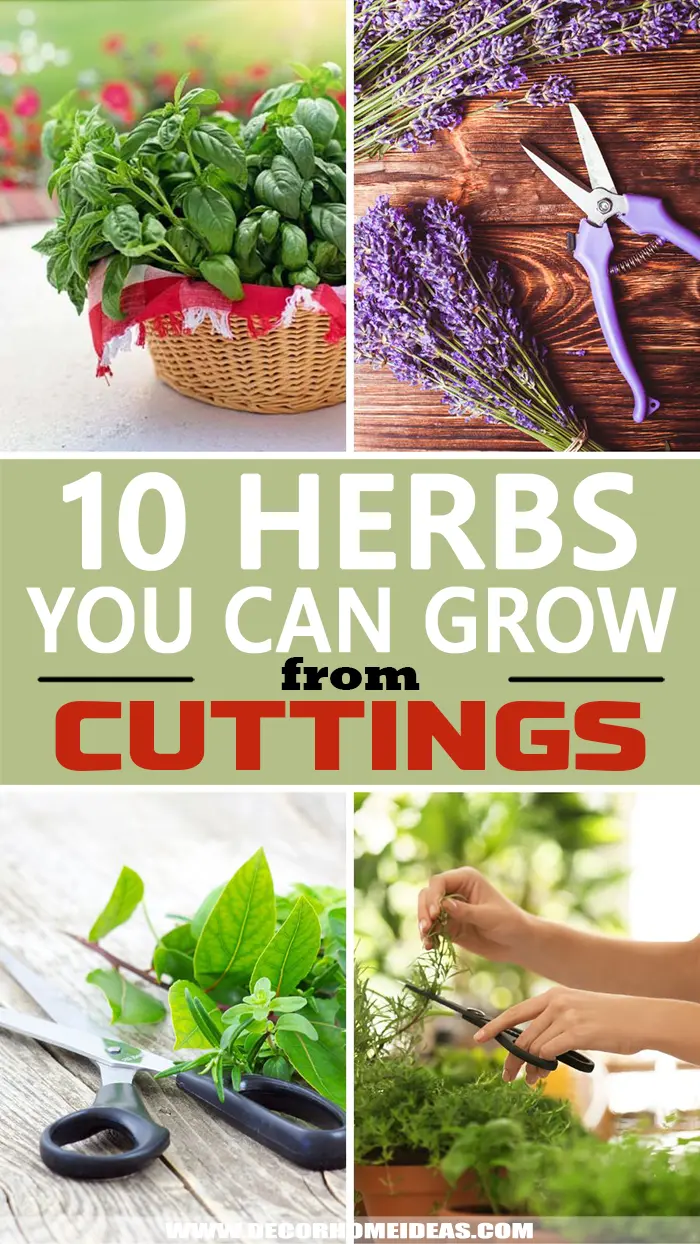
1. Parsley
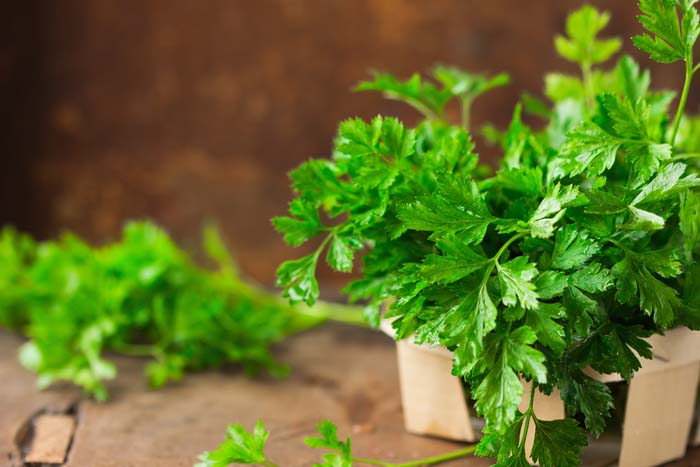
Trim cuttings directly below the lowest node in autumn. Take off the lower leaves and put them in a glass of water. The parsley cuttings need bright light to root so place the glass on a window sill. Change the water from time to time when you see that it has changed its color and has become blurry.
Roots like hair will appear in one week but wait a week more before you plant the cuttings in soil.
2. Thyme
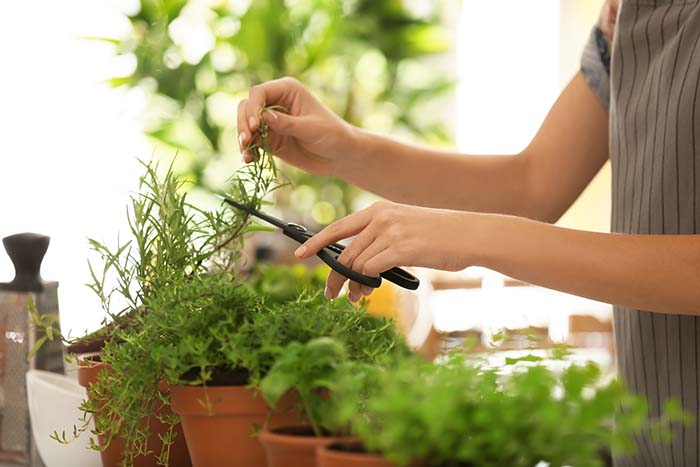
This aromatic herb can be propagated from cuttings but only in soil. The cutting should be taken at a node where the leaves grow. Remove the lower leaves and then plant the cuttings into the well-damped soil.
Rooting will happen in 3 weeks at most and that if the cuttings receive bright but indirect light.
3. Basil
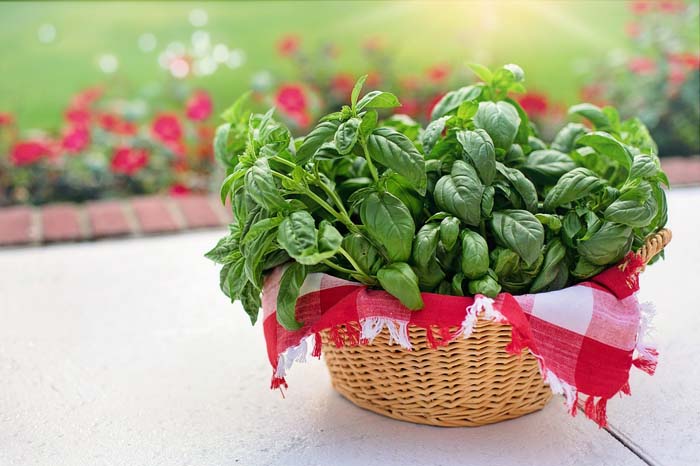
When we hear basil, we think that it could be grown only from seed but actually, this is one of the easiest herbs to propagate from a cutting.
The key to successful cutting propagation is to take a cutting from the juvenile plant without flowering or seeds.
Cut the stem at 45 degrees with a sharp knife or scissors and remove almost all leaves, leaving only a few at the top of the cutting. Then put the cutting in a glass of water that stays at a sunny spot without direct light. Basil cuttings can also root in suitable soil like seed starting mix.
4. Sage
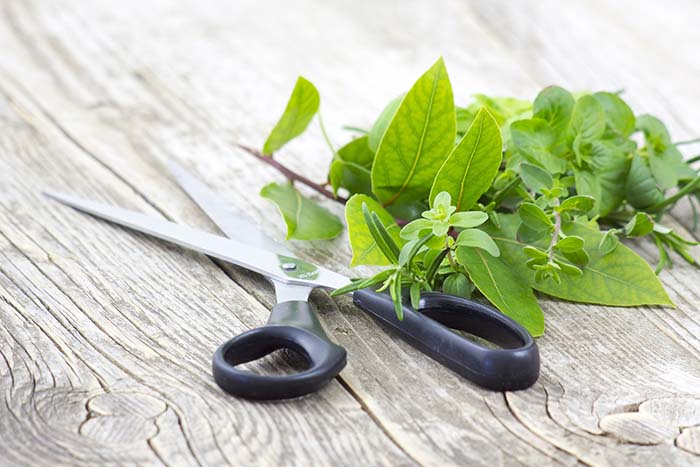
That is the easiest plant to grow from cuttings because of the success rate. The rooting can happen in water and quicker in soil.
Cut the cuttings about six centimeters below the node and place them in a container at a partial shade.
Ensure you have cleaned the bottom leaves and that the water is refreshed from time to time because the sage cuttings are prone to rotting.
5. Lavender
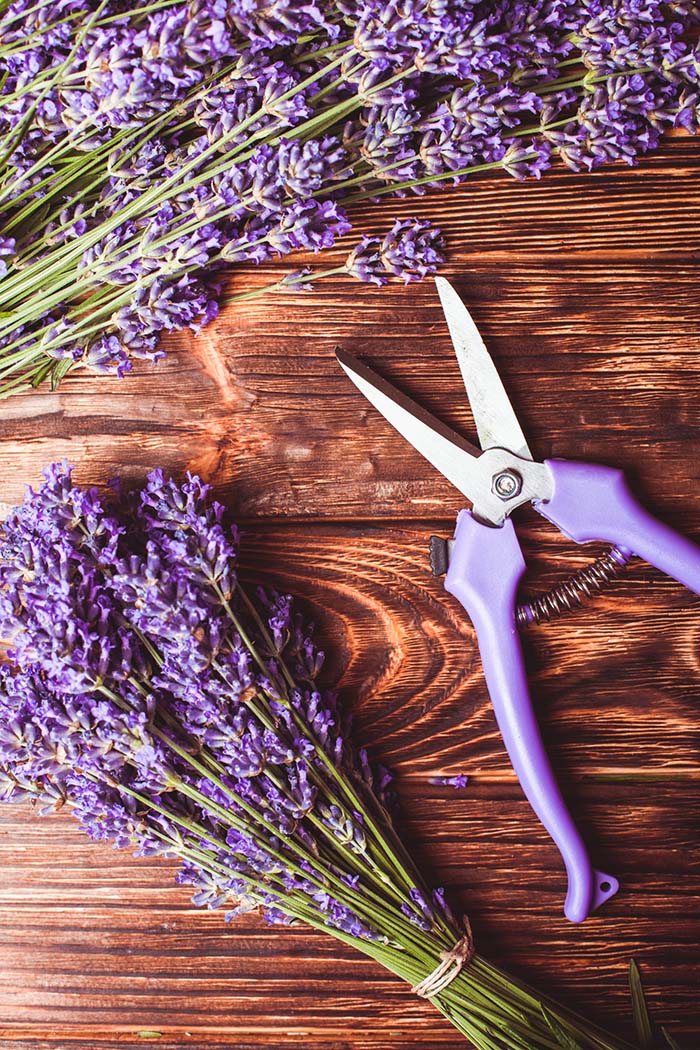
The key to successfully propagating the lavender from cuttings is to take them in summer. Get a sharp knife and cut new growth stems at least three inches long.
Lavender cuttings can root only in the soil so prepare an appropriate starting mix and a hormone to help the process.
Clean the bottom leaves and plant the cuttings two inches deep in the soil.
6. Rosemary
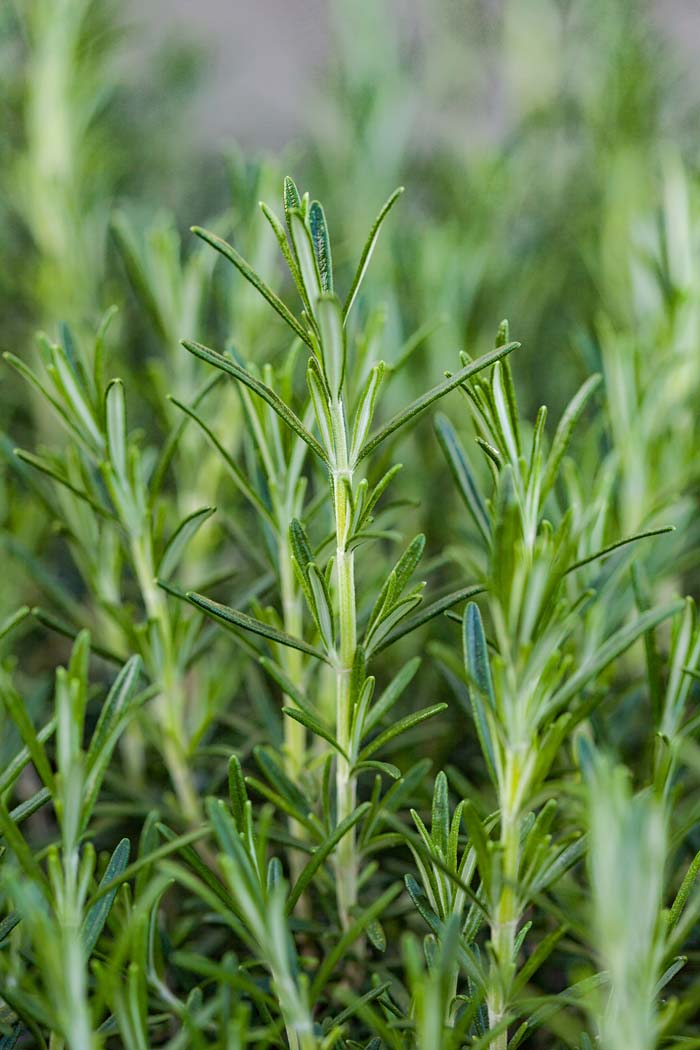
Choose new and soft stems of the Rosemary plants to propagate them from cuttings. They should be five to six inches long with leaves removed at the bottom of the cuttings.
The number one rule to successfully develop roots is to keep the jar’s water fresh. This plant develops roots slower than the oregano or the mint so you may want to dip it in a rooting hormone before inserting it in the jar of water.
7. Oregano
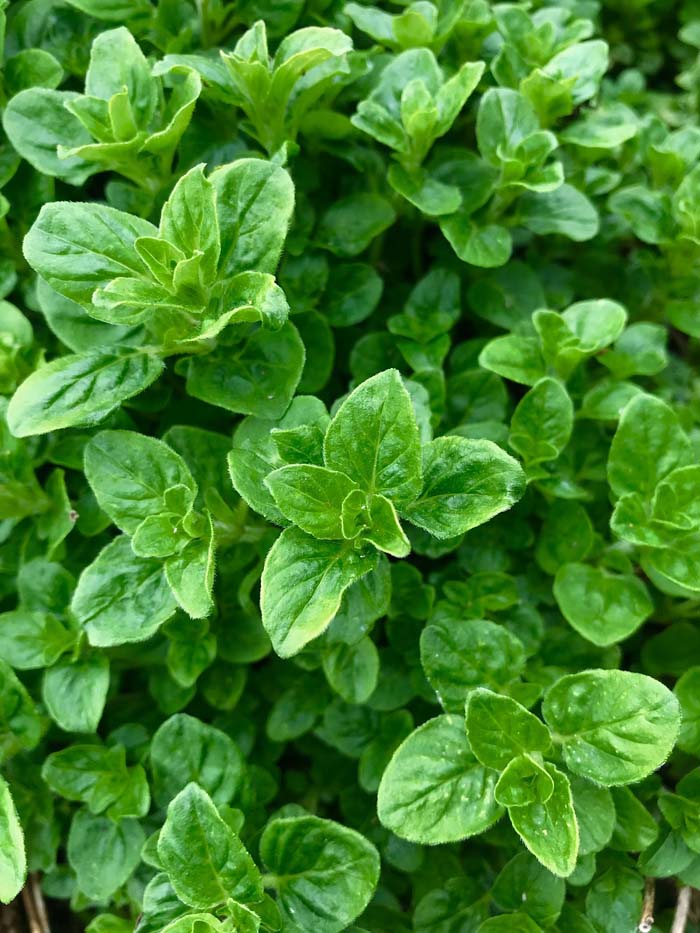
Oregano can also be propagated from cuttings, but you need to choose a juvenile plant to succeed. Like the basil cuttings, you need to make a 45-degree cut at the bottom of the stem with clean scissors.
Roots develop pretty slowly, in about 4 weeks, if you add hormones to the water. Place the jar in a sunny spot without direct light.
8. Mint
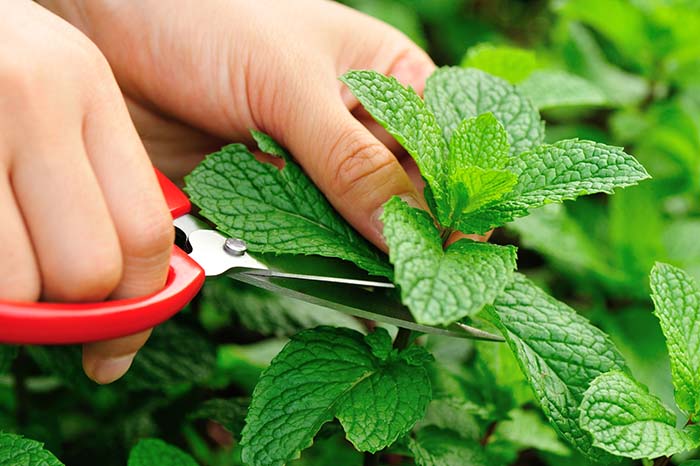
Mint can be grown from cuttings like basil. You can root the cuttings in a jar of water or in a seed starting mix.
A critical difference from basil propagation is that there isn’t any special requirement about the plant age from which you cut the stems.
The roots of the cuttings will be developed and the cuttings will be ready for planting in 2 weeks.
9. Bee Balm
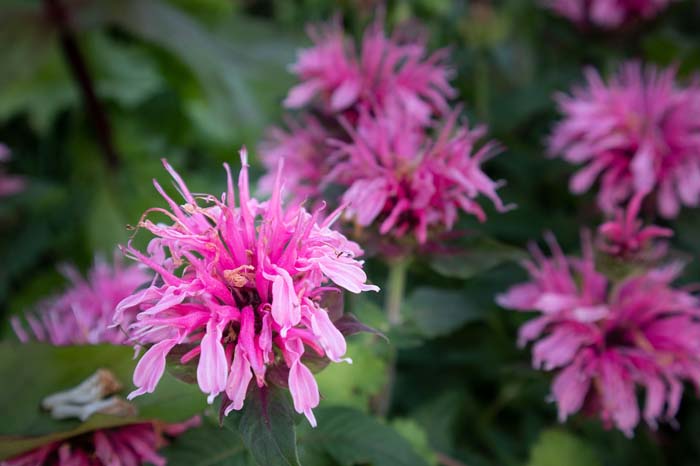
This eye-catching herb can be easily propagated by dividing. Still, sometimes you may need an alternative for propagation in case you have only a few large plants or you want a specific variety.
Cut the tips of the newly grown plants right below a leaf node. The cuttings should be about six inches long.
Clean the leaves at the bottom and plant two inches deep in a container or a flower pot. Usually, the roots develop in four weeks but you can help this process by dipping the stems into a rooting hormone before planting.
10. Marjoram
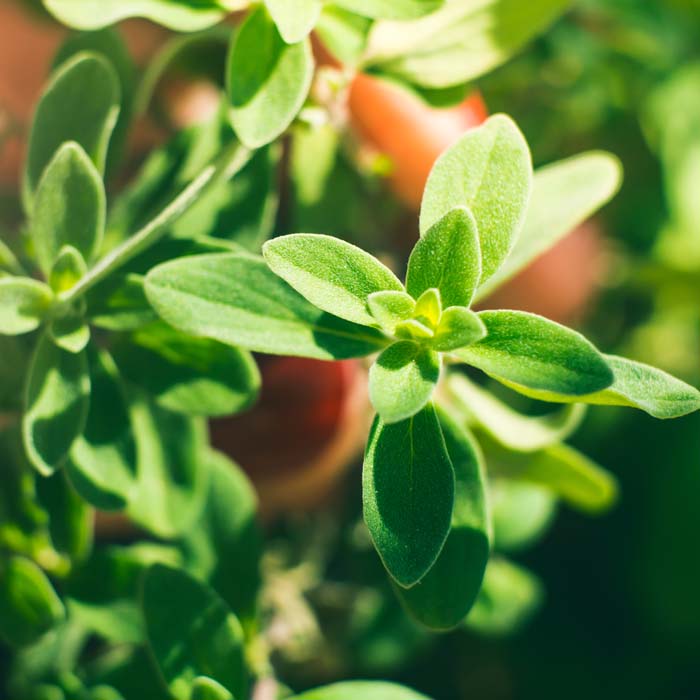
You are probably surprised that you can propagate Marjoram from cuttings. Well, it is easier than growing it from seeds. The best stems from propagating from cuttings are the tips of the plant.
Cut them at least three inches long and clean all leaves but the top six leaf sets. Put the cuttings in the water and wait at least two months for the stems to develop good roots.
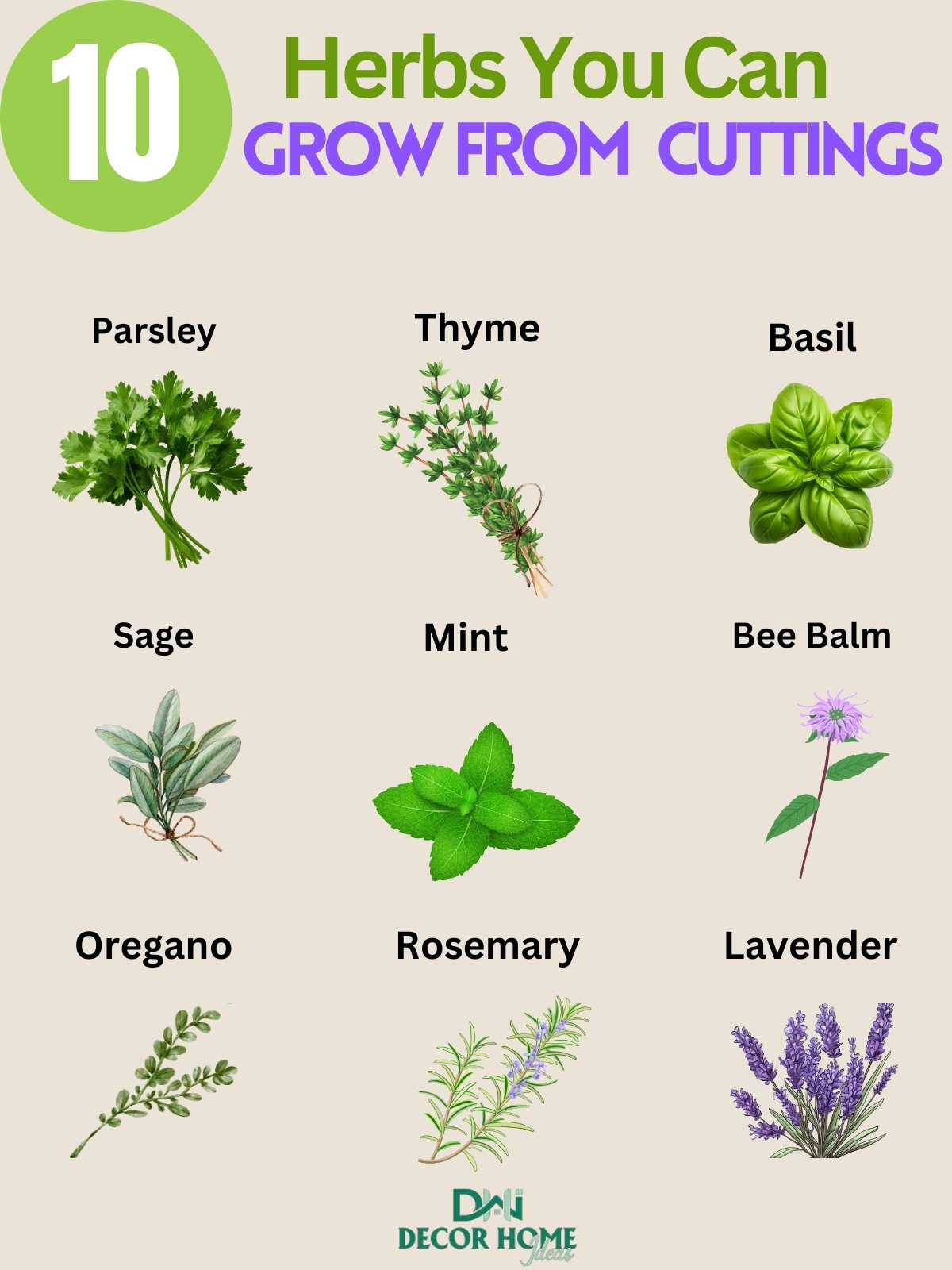
Easily expand your herb garden by growing these flavorful herbs from cuttings.
Basil, mint, and rosemary root quickly in water, while oregano and thyme thrive with minimal effort.
Sage and lavender add fragrance and beauty, and bee balm attracts pollinators.
Perfect for an endless supply of fresh herbs for cooking, teas, and natural remedies!


